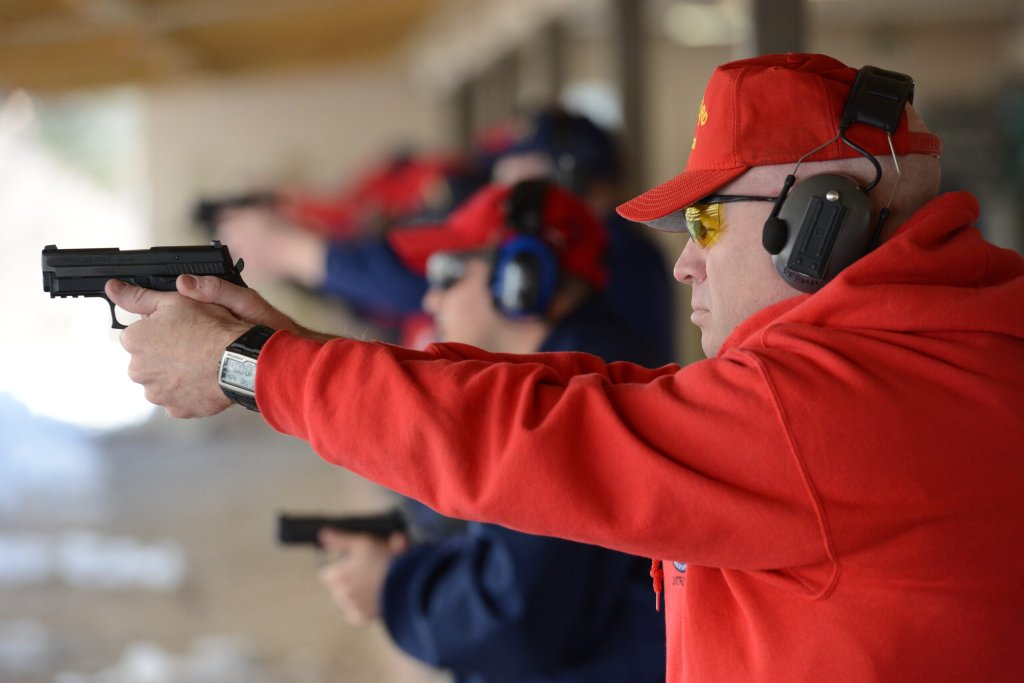

Firearms can bring a whole lot of enjoyment, from homestead utility to personal defense, hunting, marksmanship and beyond.
But, let’s face it—safety is king when it comes to firearms. With so many sources offering differing advice on shooting mistakes and fixes, it can be a bit overwhelming. That’s why we’ve done the heavy lifting for you!
Combining top-notch info with a hearty dose of personal experience, we’ve created a definitive list of common firearms mistakes and handy tips to correct them. Let’s dive in and make those shots count, Pew-Pew style!
Failing to Follow Basic Firearm Safety
First and foremost, it’s crucial to always follow basic firearm safety rules. Failing to do so can lead to accidents and injuries. Here’s a quick refresher on those essential rules:
- Keep your firearm pointed in a safe direction with your finger off of the trigger until you are ready to fire.
- Never point your firearm at anything you don’t intend to shoot.
- Always treat all firearms as if they are loaded.
- Be aware of your surroundings, your target, and what lies beyond it.
- Wear eye and ear protection when practicing or drilling.
Remember, safety first!

Failing to Properly Grip the Firearm
A proper grip is essential for accurate shooting and effective recoil control. One common mistake is holding the firearm too loosely, causing it to move or shift while firing. Here’s how to fix it:
- Practice holding the firearm with a firm but comfortable grip.
- Wrap your fingers securely around the handle, but not too tight.
- Ensure the firearm doesn’t move in your hand while firing, but don’t grip so tight that you lose feeling in your fingertips.
Mastering the art of gripping will make a world of difference in your shooting experience.
Poor Trigger Control
When it comes to accurate shot placement, trigger control is king. Many people make the mistake of jerking the trigger back or raising their finger off of it and slapping it, resulting in inaccurate shots. To improve your trigger control:
- Focus on a smooth, steady squeeze.
- Think about squeezing the handle and the trigger together.
- Apply even, gradual pressure until the break.
With practice, you’ll notice a significant improvement in your accuracy.
Anticipating Recoil
Fear or anticipation of recoil can cause even the most experienced shooters to miss their mark. To overcome this issue:
- Practice dry firing the firearm (without ammunition) to focus on trigger action and steadiness.
- Consider shooting lighter loads or smaller calibers if needed.
Remember, confidence is key when it comes to shooting, and overcoming your fear of recoil is an essential step.

Neglecting to Clear the Chamber
Before cleaning or storing a firearm, always clear and inspect the chamber. Neglecting to do so can lead to accidental discharges. To ensure your firearm is safe:
- Remove the magazine and visually inspect the chamber for any remaining rounds.
- Pull the slide or charging handle back and physically inspect the chamber again.
Once you’ve confirmed the firearm is clear and safe, it can be considered ready for cleaning or storage.
Not Knowing how to Properly Store & Transport Firearms
Improper storage and transport of firearms can result in accidents or theft. To protect your firearms and stay on the right side of the law, follow these tips:
- Transport firearms in a locked case or container.
- Never leave a firearm unattended.
- Keep firearms out of reach of children and unauthorized users.
- Keep firearms unloaded and secured during transport.
- Be aware of laws and regulations when traveling across state lines or national borders. Contact authorities for guidance if needed.
Wrapping Up
No matter how experienced you are with firearms, there’s always room for improvement. By following these basic guidelines and tips, you can become a safer and more effective shooter. Remember to always prioritize safety, and enjoy the journey of honing your skills and becoming a better marksman.
As always, feel free to reach out in the comments with any questions or concerns, and happy shooting!
